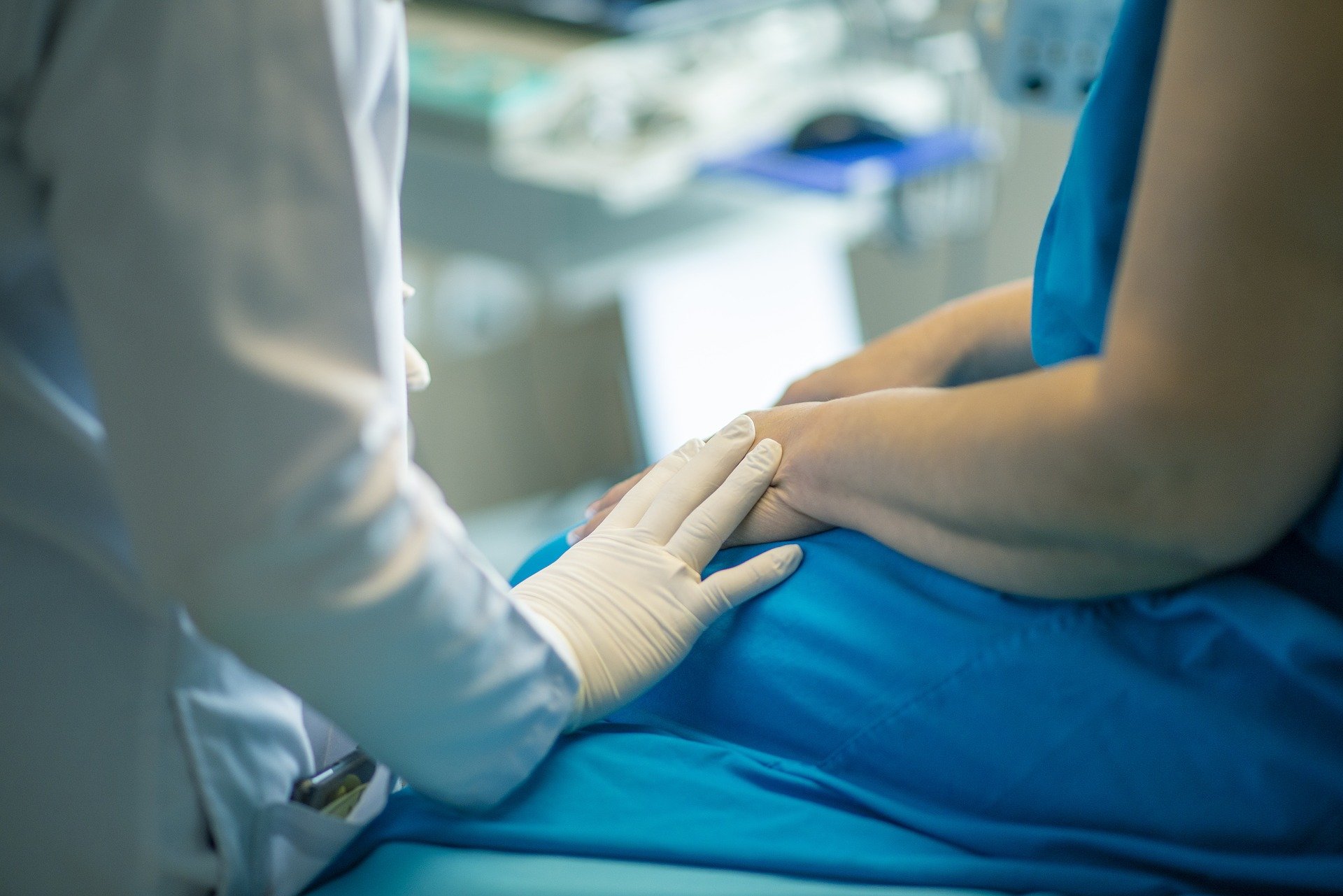Strokes are the 5th leading cause of death and a leading cause of disability in this country. According to the American Stroke Association, stroke is a disease that affects the arteries leading to and within the brain. A stroke happens when a blood vessel that carries oxygen and nutrients to the brain is either blocked by a clot or bursts due to a blockage. When that occurs, the brain cannot get the blood and oxygen it requires, so the cells in that part of the brain die. Seniors and their caregivers must be aware of the signs of stroke to react quickly in an emergency situation. Once a stroke has occurred, the stroke recovery process may be quick or last a lifetime.
Fast Fact: In the United States, nearly 800,000 people annually suffer a stroke. While a stroke can occur to anyone at any age, the risk increases significantly after the age of 55.
Signs of Stroke
Many risk factors can lead to stroke, including high blood pressure, high cholesterol, heart disease, diabetes, or smoking. Signs of a stroke include a rapid onset of vision and speech impairment, difficulty walking, and numbness or weak arms. A drooping face is also often a telltale sign of a stroke in progress.
If you or a loved one is experiencing these symptoms, call 911 immediately. Time is of the essence in the event of a stroke because the longer the clot is allowed to block blood flow, the more damage to the brain.
Conversely, the sooner medical intervention occurs, the less severe the long-term effects are likely to be. It is also important to note that the most progress in stroke recovery occurs within the first few weeks, so beginning rehabilitation quickly is also essential.
Stroke Recovery
There are currently more than 7 million stroke survivors living in this country. Unfortunately, stroke recovery is unique to each individual and can vary greatly. Some stroke victims recover in weeks, others in months, and some never regain full function.
Stroke recovery is typically the responsibility of a multidisciplinary team of specialists. This includes occupational therapists, physical therapists, and speech therapists. The team works together towards ongoing independence and the ability to perform ADLs.
Physical therapist (PT): Focuses on gait and mobility issues, including improving leg strength, balance, and walking.
Occupational therapist (OT): Focuses on completing everyday tasks, such as dressing and showering. An OT may work to strengthen the upper extremities and provide adaptive equipment.
Speech therapist: Focuses on language and communication, including tongue strengthening and breathing exercises to help with word-formation.
In the first weeks following a stroke, the rehabilitation team will focus on returning the muscle function which has been lost. After that, stroke recovery focuses on maintaining independence and developing strategies to take on long-term challenges.
Stroke recovery often does not occur at an assisted living facility, unless outside specialists come to the facility to work with the patients. Assisted living typically provides light medical support for those who can live independently. A Banyan Residence is an assisted living and memory care facility located in Venice, Florida. If you or a loved one is looking for the right place to live out your senior years, call us today for a tour.

